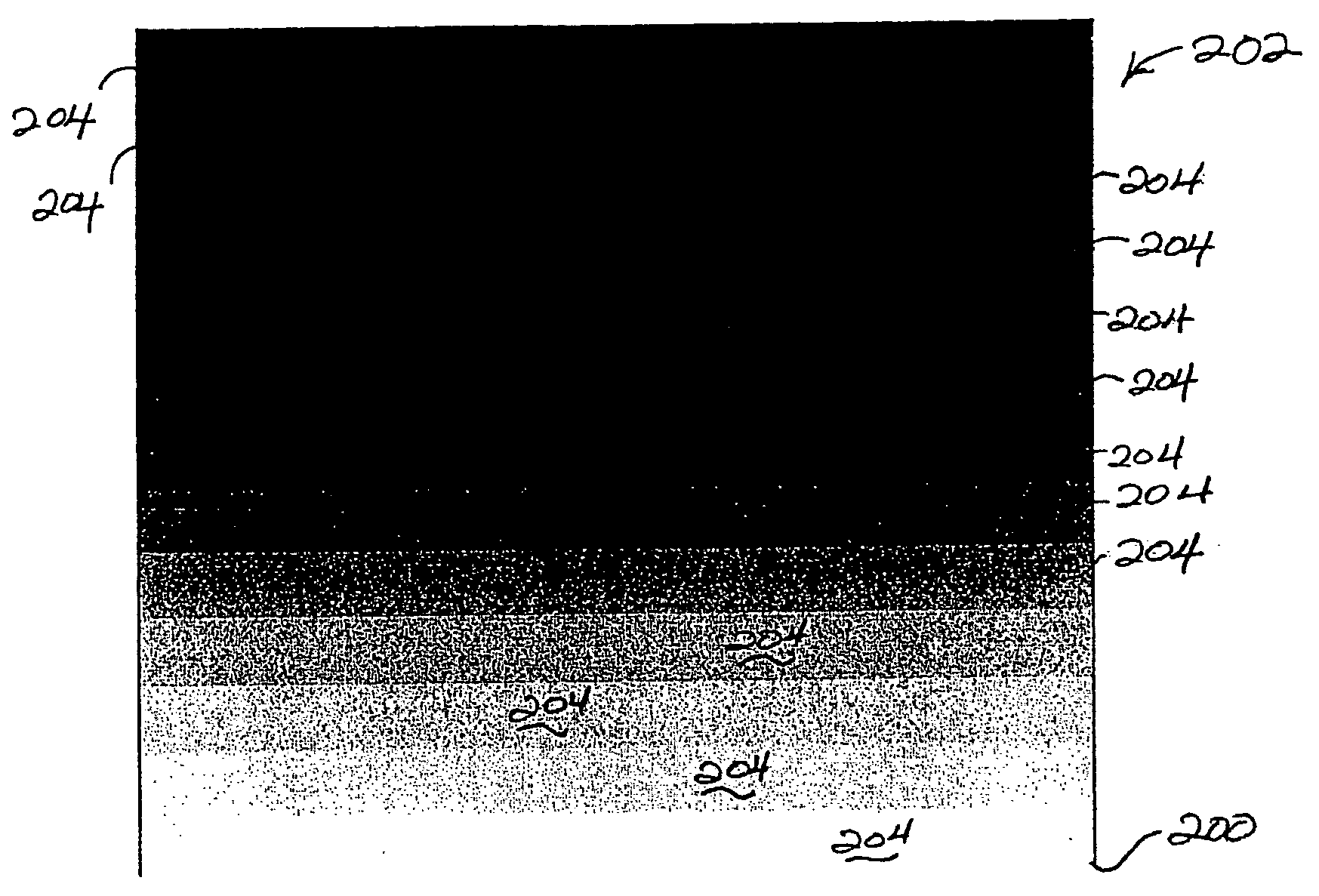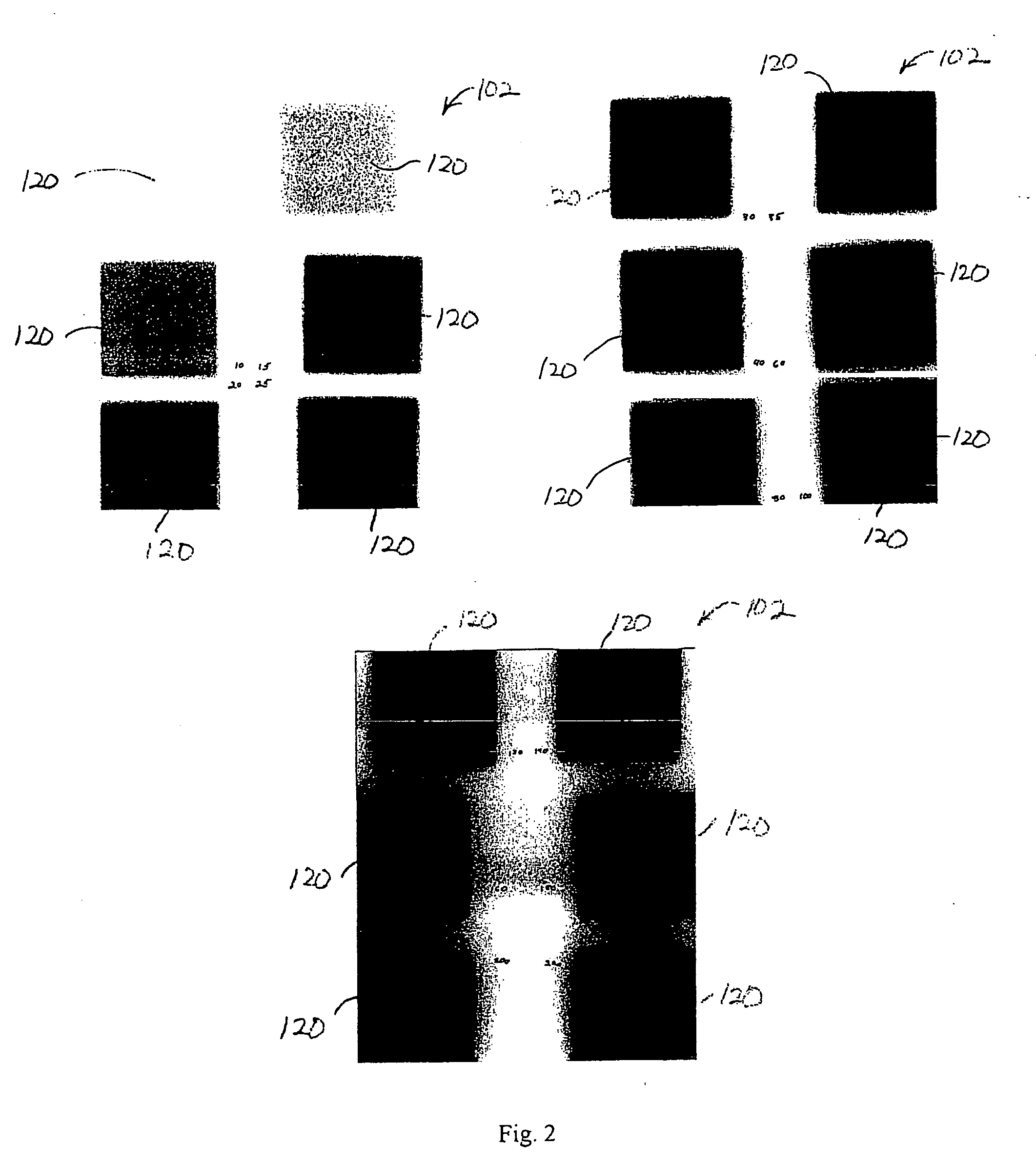System or method for calibrating a radiation detection medium
a radiation detection medium and radiation detection technology, applied in the field of radiation dosimetry, can solve the problems of short-term drift in radiation response from one film to the next, a large number of labor- and time-intensive steps, and the inability to accurately measure separate radiation dose levels, etc., to achieve the effect of reducing the amount of time required, reducing the number of calibration films, and achieving high short-term stability
- Summary
- Abstract
- Description
- Claims
- Application Information
AI Technical Summary
Benefits of technology
Problems solved by technology
Method used
Image
Examples
Embodiment Construction
[0021] The present invention generally comprises automatically exposing predefined areas or regions of a detection medium to known radiation dose levels, and measuring the response of the detection medium to the radiation dose levels. Knowing the response of the detection medium to different values of the dose level, one can generate a calibration curve or look-up table. The calibration, which relates the response of the detection medium to radiation exposure, can then be used to convert subsequent radiation exposure and response to absorbed dose.
[0022] As described below, various techniques and devices can be used to automatically expose predefined regions of the detection medium to different dose levels. One method employs multi-leaf collimators, secondary collimators or fixed blocks of radiation attenuating material, either alone or in combination, to differentially shield the predefined regions during exposure to ionizing radiation. The ionizing radiation characteristics (e.g.,...
PUM
 Login to View More
Login to View More Abstract
Description
Claims
Application Information
 Login to View More
Login to View More - R&D
- Intellectual Property
- Life Sciences
- Materials
- Tech Scout
- Unparalleled Data Quality
- Higher Quality Content
- 60% Fewer Hallucinations
Browse by: Latest US Patents, China's latest patents, Technical Efficacy Thesaurus, Application Domain, Technology Topic, Popular Technical Reports.
© 2025 PatSnap. All rights reserved.Legal|Privacy policy|Modern Slavery Act Transparency Statement|Sitemap|About US| Contact US: help@patsnap.com



